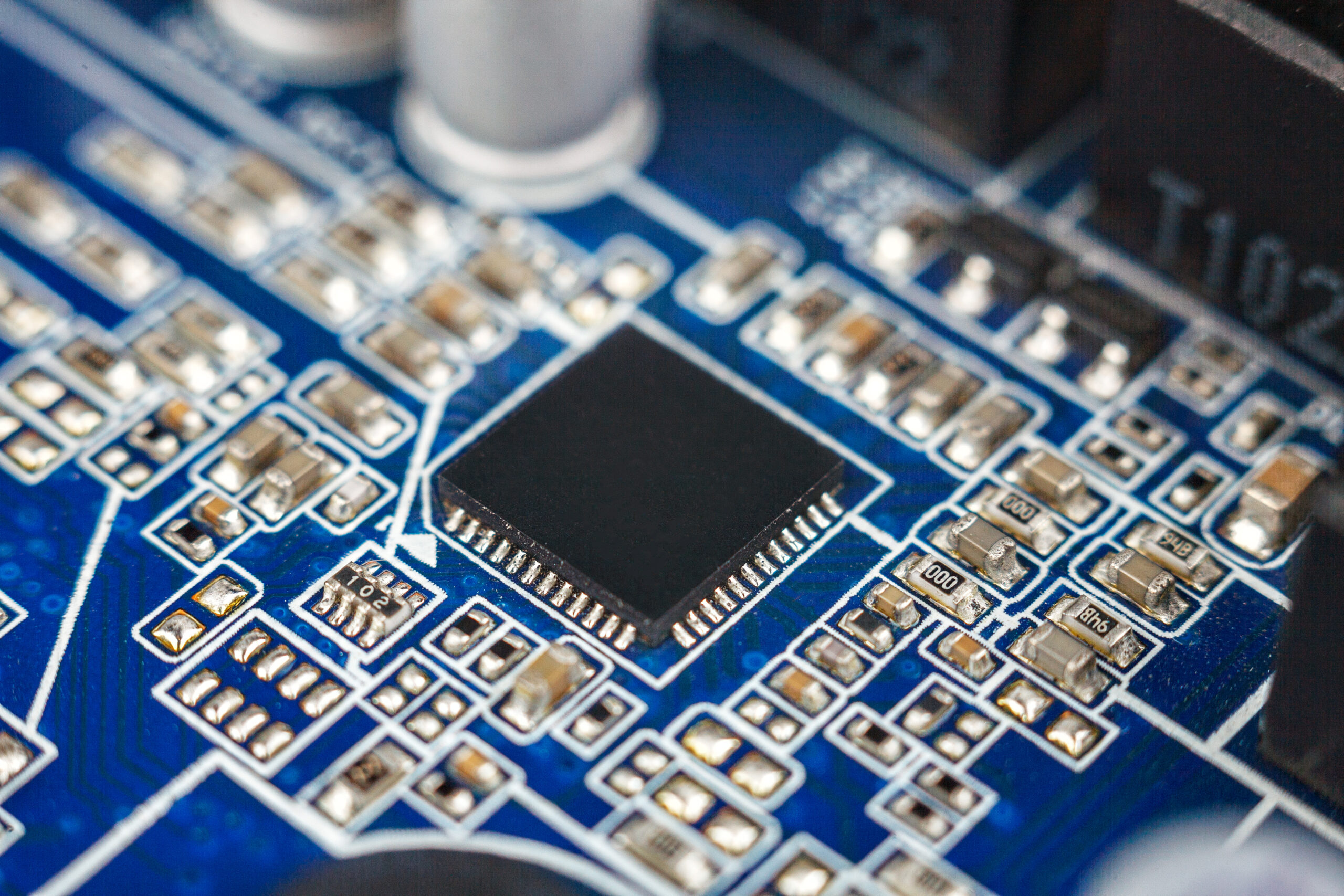
Polishing
What is
Robotic polishing is the automated process of refining surfaces using robots equipped with specialized tools and abrasive materials. This technology is widely used across various industries, including automotive, aerospace, metalworking, and electronics, where achieving consistent surface finish and quality is crucial.
Common application

Automotive Industry
Polishing car body panels, rims, and interior components to achieve high-gloss finishes.

Aerospace Industry
Polishing aircraft parts and components to reduce friction, improve aerodynamics, and enhance durability.

Metalworking
Polishing metal surfaces for aesthetic appeal and to meet strict surface finish requirements in industries such as luxury goods and jewelry.

Electronics
Polishing of electronic housings, screens, and components to improve appearance and functionality.
Advantage of Robotic Polishing
Increased Productivity
Robots can operate continuously without breaks, significantly increasing throughput compared to manual polishing methods.
Consisted Quality
Robots can maintain a consistent pressure and speed, resulting in uniform surface finishes across all parts.
Precision
Automated systems can achieve precise control over polishing parameters such as pressure, speed, and abrasives used, leading to higher quality finishes.
Reduced operational cost
Automation reduces the need for manual labor in repetitive and physically demanding polishing tasks.
Safety
Robots handle hazardous materials and tasks, minimizing exposure to chemicals and reducing workplace hazards for human workers.
